Before seeing Lavender, you, of course, feel her drunk smell that extends far beyond your flower beds. And although someone can say that the flowering of this culture is not as beautiful as, for example, the bloom of roses or lily, but there is a unique charm in Lavender, and a reminder of the steppe grass, which so attracts many gardeners and, without a doubt, give the fragrant perennial square Meters on their sites.
Content
- Lavender - evergreen perennial
- How to use Lavender
- Popular varieties and types of lavender
- Lavender: Choosing a place for landing and soil preparation
- Lavender landing in open ground
- Lavender reproduction
- How to care for lavender in the open soil
- Lavender: making fertilizers
- Lavender: Cooking a plant for wintering
- How to grow lavender indoors
- How to grow lavender: video
Lavender - evergreen perennial
So, elegant lavender. This is a perennial plant that has thin pointed leaves and blooms in the summer of accommodated inflorescences. Lavender's volumetric bushes remain green always - for 9-11 years of life of the plant. Lavender flowers for a very long time: it is worth cutting faded inflorescences, as she immediately releases new ones.
Inflorescences may have different shades. Landscape designers are very often planted with a lavender so that flowerbed has a gradient transition color - from white to saturated purple and pink.
The plant is completely unpretentious in care: tolerate drought, almost does not ill, does not need a garter - it will delight you and not to require the fulfillment of complex agrotechnical procedures. Just enough:
- regularly loose soil;
- remove weeds;
- watered
- cut up bushes after flowering;
- completely prepare for wintering.
Lavender loves heat, so it develops well only in the regions where summer is rather long, and the winter is not too harsh. Therefore, in the northern regions to open soil, the culture is not planted, but it is possible to grow it at home in a conventional flower pot. Or landing it in the public and in the case of a cold, bring from the garden to the terrace or balcony.
Lavender - Plant Medonos: Its fragrance is attractive for bees and various butterflies. But at the same time, repels malicious insects, so the defeat of the bushes happens to be extremely rare.
How to use Lavender
Most likely that you know: Lavender is not only a decorative plant. First of all, it is an essential oil culture, extractor (essential oil) of which is actively used in cosmetology, aromatherapy and medicine. Treat lavender oil pain in the joints, burns and skin diseases. Lavender oil and people prone to head pains are recommended, and especially to migranes.
Many massage experts for a relaxing procedure necessarily use fragrant lavender ether.
The inflorescences themselves are also used as a spice: in small quantities added to the first and second dishes, salads and sauces. The soothing property of the lavender added to Tea is widely known: stress and insomnia goes from a cup of fragrant drink, peaceful calm is restored.
Therefore, if you planted a bushes of lavender at your dacha, collect her flowers, barely dismissed (during this period they are concentrated to the maximum of substances beneficial to humans), dry them outdoors in the shade and put them in the tissue bags. If you need to rest well and distract from worries - put such a pouch under the pillow, and your dream will be like a baby.
Popular varieties and types of lavender
Total biologists stand out just over 30 varieties of lavender. They differ in coloring and form of inflorescences, height of the bush, structure and color of the leaves.
Consider the most popular types of this culture and how can you grow lavender in the country.
Lavender real. You can hear about it also under the names "English", "narrow-car", "Dosage", "Koloskaya". It is her who means breeding specialists when they talk about Lavender. The shrub of the English lavender is quite bulky: both in height and in the width reaches 1 m. The height of the blooming in this variety is about 80 cm. Lavender blooms real in June-July with small flowers collected in the brush.
The type of lavender drugs includes different varieties, among which there are also dwarf (for example, "Little Lottie" and "Nana Alba"), as well as plants with various shades of inflorescences:
- white - Alba grade;
- blue - "Beechwood Blue";
- pink - "Rosea";
- purple - "gem" and "hidcote".
Lavender is a broad-sized. This species is characterized by a very strong aroma, as well as the fact that on one stage of the plant, 3 inflorescences appear at once.
Lavender Dutch. Also, the plant is called "hybrid lavender" or "lavender". The hybrid lavender with Dutch breeders based on English and broad-sized. Culture received high decorative qualities: long inflorescences, large flowers. The bushes themselves reach a width of 2 meters. This type is considered to be late: the plant is blooming only in July.
Dutch lavender in parks and southern European gardens. In the middle of Russia, it is planted less often due to its instability to a decrease in temperature.
If you still decide to choose this kind of culture, pay attention to the stunning variety beauty:
- lilac - grade "Grosso";
- pink - "Sawyers";
- blue - "Arabian Night";
- purple - "Richard Gray".
Tooth lavender. Very interesting decorative look: It has silver carved leaves and large flowers. The bush itself is quite compact (in a height only 30 cm), charming with its bright flowers. In the open ground, it feels well in the southern regions, and in the middle strip can be grown as a houseplant.
French lavender. Sit down this kind of outdoor soil, because the bushes are quite high (up to 1.3 m) and volumetric. The leaves of this variety of lavender are large, and the flowers, on the contrary, are small, located in small inflorescences. Landscape designers often choose this kind of lavender to decorate an elevation or to create a flowering corridor along the path.
Lavender: Choosing a place for landing and soil preparation
In order for the culture to please you with blossom and felt perfectly before choosing a landing grade, find out which breeders are recommended for your region. It is better to immediately choose a culture adapted to the desired temperature and humidity than to treat the plant in the future.
Lavender's young bushes are planted in the spring, when there are no night frosts on the surface of the soil. However, if you live in the southern region, you can land and fall (40-50 days before frosts): the mild winter of southern latitudes will not be able to harm the young plant.
A place for landing lavender needs to be chosen carefully: culture loves the plots well lit by sunlight. It was in the Sun of Lavender that will bloom in full force, but when it turns out to be in the shade, the plant will bloom a poorly and short term.
It is necessary to take into account the level of soil moisture: if the broad-sized lavender somehow takes excessive moisturizing, then the narrow-tight will immediately begin to root. The place is not suitable for Lavender, if:
- plot of swallow;
- groundwater are too close to the surface.
When to find a dry plot, I really want to plant a lavender, gardeners build artificial earthy mounds with a drainage layer and then bushes are planted on the elevation.
Popular varieties of lavender narrowed, landing and care for which are more vigilate from gardener, sensitive to soil acidity and its structure. Therefore, before placing the plant in a permanent place, enter lime or wood ash in the soil - this will reduce the level of acidity to optimal.
Any variety of lavender develops well in the alkaline ground with an average fertility.
Lavender landing in open ground
So you bought a young seedling and chose the best place for it on the site. It's time to start planting plants:
- Place the plant into the water and leave it for 60-90 minutes. So the roots will be prepared for early rooting.
- Make high beds (20-40 cm).
- Cut the top of the bush - it will give a plant incentive to the rapid development of new shoots.
- Lower twigs and leaves remove at all.
- Also delete excess roots if the bustle has too much.
- On average, the depth of the landing fossa for the lavender should be 30 cm.
- Between the bushes, leave at least 30 cm (this is enough for compact varieties), a maximum of 1.2 m (for tall bushes). Experienced gardeners believe that the distance between the bushes should be equal to the height of the adult bush of this variety. But if you think how to grow a lavender so that the bushes create a thick "carpet" - reduce this distance twice.
Lavender reproduction
You can grow a lavender in several ways: from seeds, cuttings or tanks. It all depends on whether you have a strong plant ready for division or you only dream for the first time to plant a lavender in my garden.
How to grow lavender from seeds
Lavender landing seeds - the process is not the easiest. Surge yourself if you do not have the opportunity to purchase a young plant for landing.
Before planting, lavender seeds must be stratified - exposure to low temperatures. The procedure will help to increase the immunity of the future plant, which will protect it during wintering or in case of sudden temperature drops.
Stratification can be carried out in two ways:
- Natural. For this, the seeds planted in the open soil in the fall (approximately at the end of September). Then, overlooking, the plant will receive the necessary immunity. However, this method is suitable only for southern countries and regions. In the middle lane, with autumn landing, the seeds will simply die, and the shoots in the spring you will not wait.
- Artificial. Everything is very simple: mix the seeds with sand in a small container, wrap it in the package and put in the bottom of the refrigerator (vegetable). To be in the refrigerator seeds must at least 1.5 months.
It is necessary to carry out artificial stratification in the fall so that in the middle of winter, go to the disembarkation in the boxes or a pot. Prepare the soil and fall into it seeds. For 7-10 days, cover the boxes with glass or film and put in a dark place. Do not forget to water seedlings (but do not pour).
When sprouts appear - you can carry the boxes into a bright and warm place (the optimal temperature is +15 - +22 oWITH). Here, young lavender will develop and fix it until spring. When warm weather and soil starts, the plants can be transferred to a permanent place in the garden.
However, you should not expect flowering this year. The entire season of culture will be needed for the development of the root system and extension of the sheet mass.
How to plant lavender cuttings
The hauling is considered the easiest and most effective way to breed a lavender bushes of any variety. The procedure is no different from the drawing of other cultures:
- sharp knife cut the annual escape;
- cut it on the cuttings;
- prepare suitable soil;
- deepen the cuttings by 2-3 cm into the ground;
- cover the seedlings with a film by creating a guy;
- regularly water the plants.
Cuttings are rooted quickly. After that, it remains only to transplant the lavender to the selected place in the garden, observing the landing scheme.
Breeding bush lavender by challenges
This method of rooting the branch of the plant will not cause difficulties even at the most inexperienced flower. At the beginning of the summer, an adult bush escape is flexible to the ground (not cut), stacked in the hole and poured soil. Only the tip of escape remains on the surface. In order for the escape to remain in the ground, it is either fixed with the wire, or carry the cargo from above.
You need to regree regularly and after a couple of months it will form my own root system. Then it can be carefully separated from the maternal bush and land at a permanent place.
Breeding lavender dividing bush
If you have bushes that grow in the garden for several years and give an abundant young piggy, then you can propagate the plant with a simple division of the bush. For this:
- choose a strong bush;
- in summer, the upper shoots are cut off (the root system is strengthened);
- the plant is emphasized so that the earth will be between the shoots;
- all summer, the culture is in such a state;
- in the fall, the lavender is digging and gently divided into two parts, trying to minimally damage the root system;
- separated plants are set off again in the ground.
How to care for lavender in the open soil
In the nature of Lavender is found in the mountainous area, where there is often a large amount of precipitation falls. Therefore, culture loves regular watering, although the temporary lack of moisturizing can be survived normally. Here the main thing is to observe the measure - water the ground, as soon as you notice its drying.
- excessive humidity will lead to the reinforcement of culture roots;
- lack of moisture - to reduce flowering duration.
To extend the flowering of lavender in the garden - just cut off faded inflorescences. And to speed up the development of the plant next year, you need to cut a bush with the approach of winter, leaving 5-6 the strongest young escapes. During the flowering season, too long shoots can be removed to save the decorativeness of the bush.
Lavender reacts very well on emphasis, as well as loosening soil and removal of weelow plants. The fact is that Lavender needs oxygen to be rooted.
Also, experienced flowers are recommended to mulch the soil around the bushes, especially in the spring and autumn period, it will contribute to the uniform evaporation of moisture and the preservation of the soil. As a mulch, you can use foliage or special decorative substrates that are sold in stores for gardeners. The main thing is to leave the lavender bush base to avoid the accumulation of moisture and the start of rotation processes.
Insects are striking Lavender bushes rarely. Perhaps except for the appearance of Potnie, which puts the larvae on the leaves of lavender, covering them with white foam. The larvae themselves are not harmful to the plant, but it violates its decorativeness. To eliminate the problem, simply wash the larvae of Potnie from the leaves of the water.
Lavender: making fertilizers
- For feeding the bustards of lavender during the start of flowering, mineral complexes of fertilizers are used. For this, it is divorced in 10 liters of water 2 tbsp. l. Fertilizers and water lavender by the resulting solution.
- Help the culture to increase the green mass of nitrogen fertilizers. They also need to be breed 2 tbsp. l. On bucket of water. However, be careful: such feeders can only be done in spring or early summer, and already starting with the second half of summer they are prohibited: Lavender activates growth and will not be able to properly prepare for wintering.
Lavender: Cooking a plant for wintering
In the middle lane, the lavender will need a winter shelter. And although some gardeners argue that culture is able to independently withstand minus temperatures - it is better not to risk.
After the autumn haircut of the bush, it should be covered with branches (the perfect option will be the branches of coniferous trees) - under such shelter, sufficient ventilation and heat will remain. But the leaves of the lavender bushes should not be covered: the lack of air circulation can provoke the rotation of the culture.
How to grow lavender indoors
If you want your apartment to be filled with a magic aroma, you can easily grow in Lavender (including from seeds) at home. Choose compact dwarf varieties for this.
We give a simple instruction, following which, you will easily create comfortable conditions for the plant.
- Prepare small containers whose volume will not exceed 2 liters.
- At the bottom of the pots, put drainage (gravel, pebbles or shards). Watch that the drain holes do not overlap, otherwise the plant starts from the accumulated moisture.
- Prepare Sprinkle from sand and peat with the addition of a small amount of the integral egg shell.
- Put a young bush or seeds.
- Remember that in the room where the lavender grows, the temperature should not fall below +15 oWITH.
- It is advisable to place the plant near the window so that it gets a sufficient amount of sunlight. If there is no such possibility - you can use artificial illumination of daylight lamps.
- Lavender must be watering as the soil drying with water temperature. It is also useful to spray the leaves.
- When culture finishes flowering - remove inflorescences.
- With the onset of winter, the plant needs to create conditions for peace: water rarely, put in a cool place.

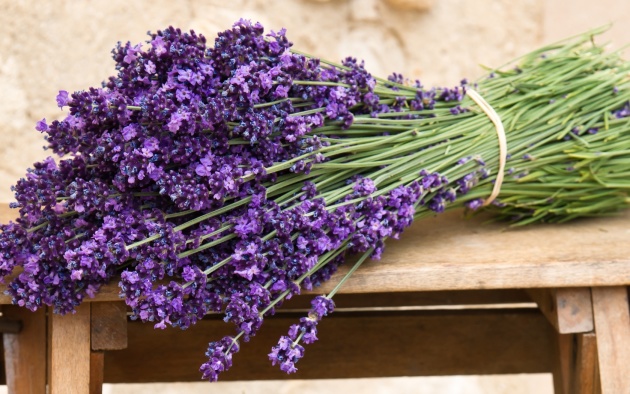
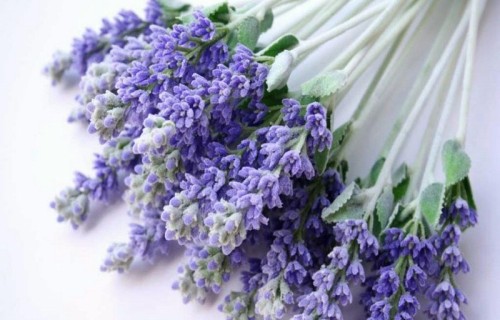
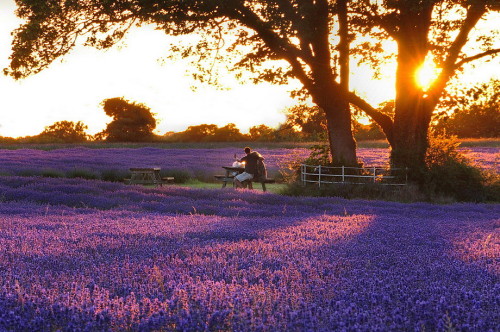
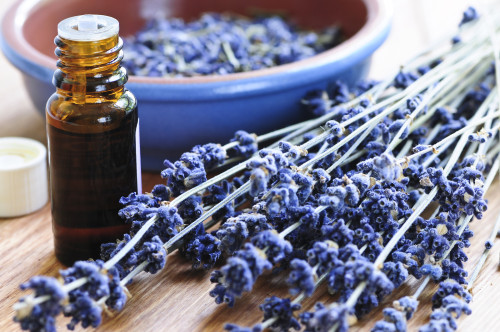
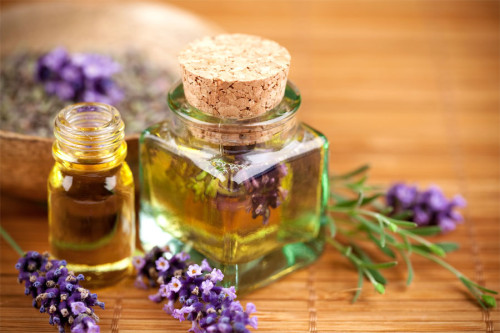
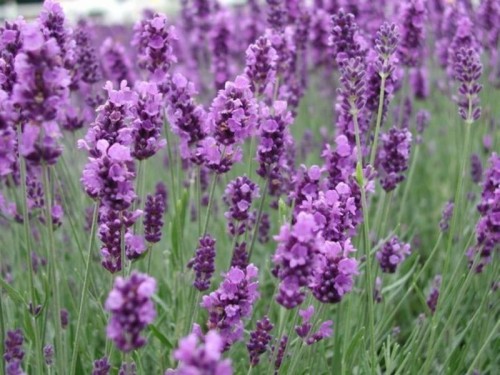
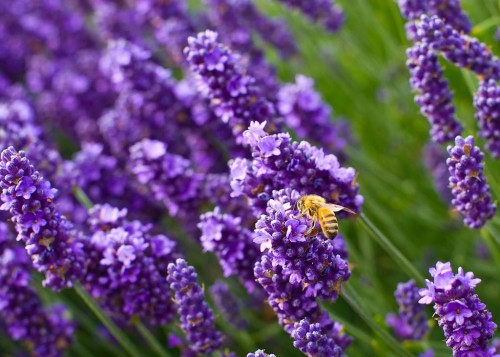
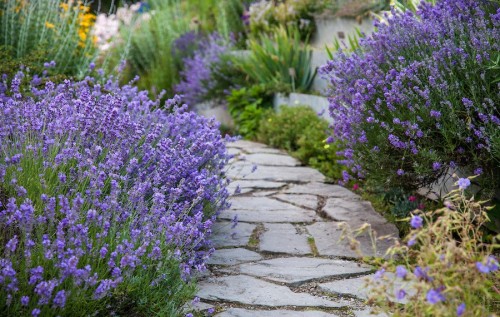
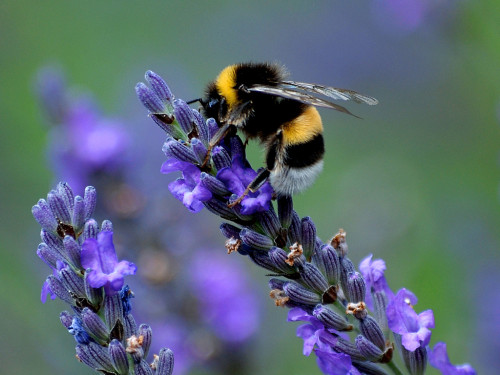
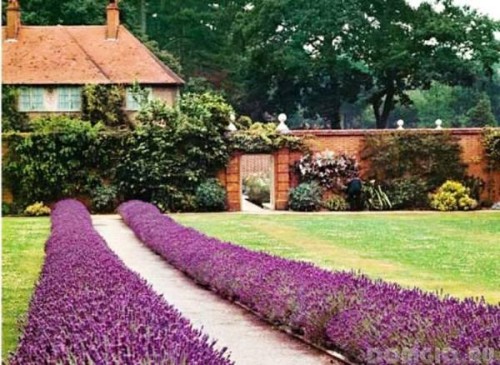
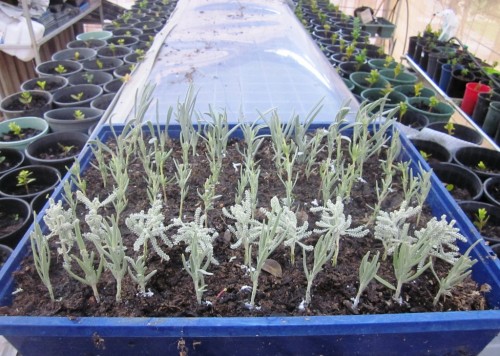
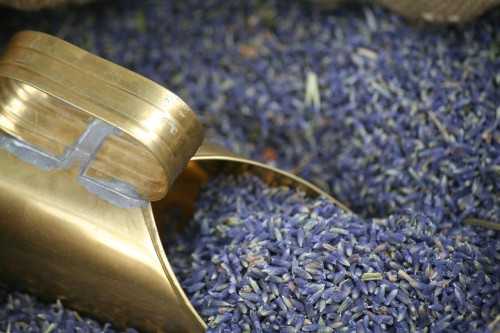
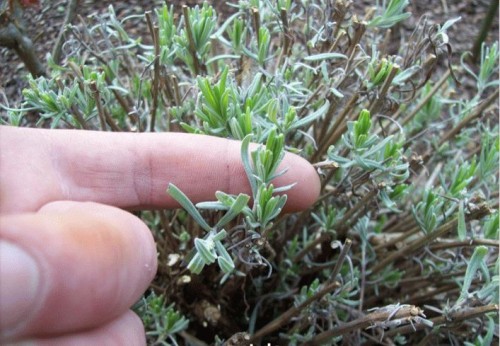
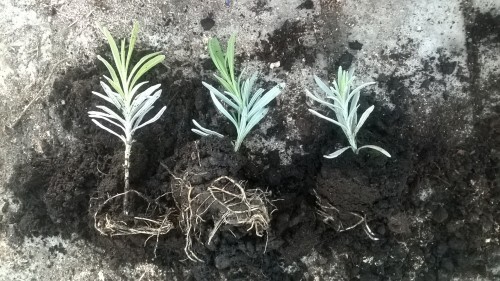
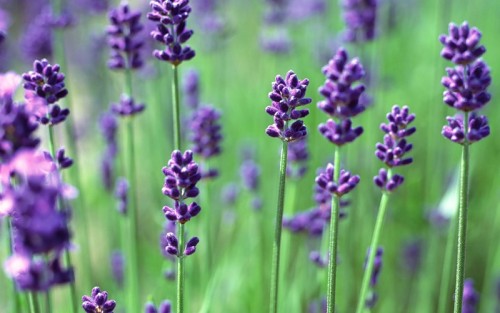

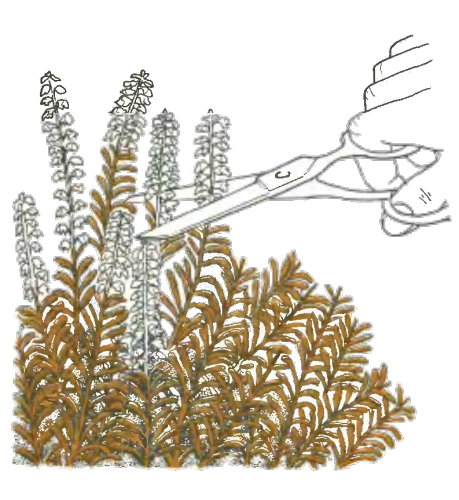
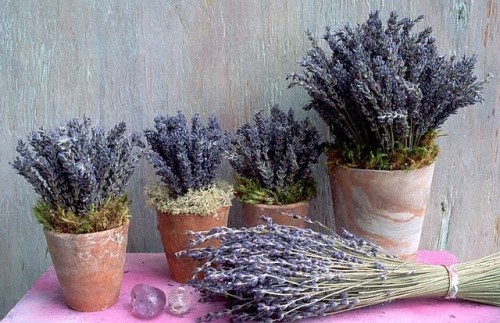












 Start a discussion ...
Start a discussion ...